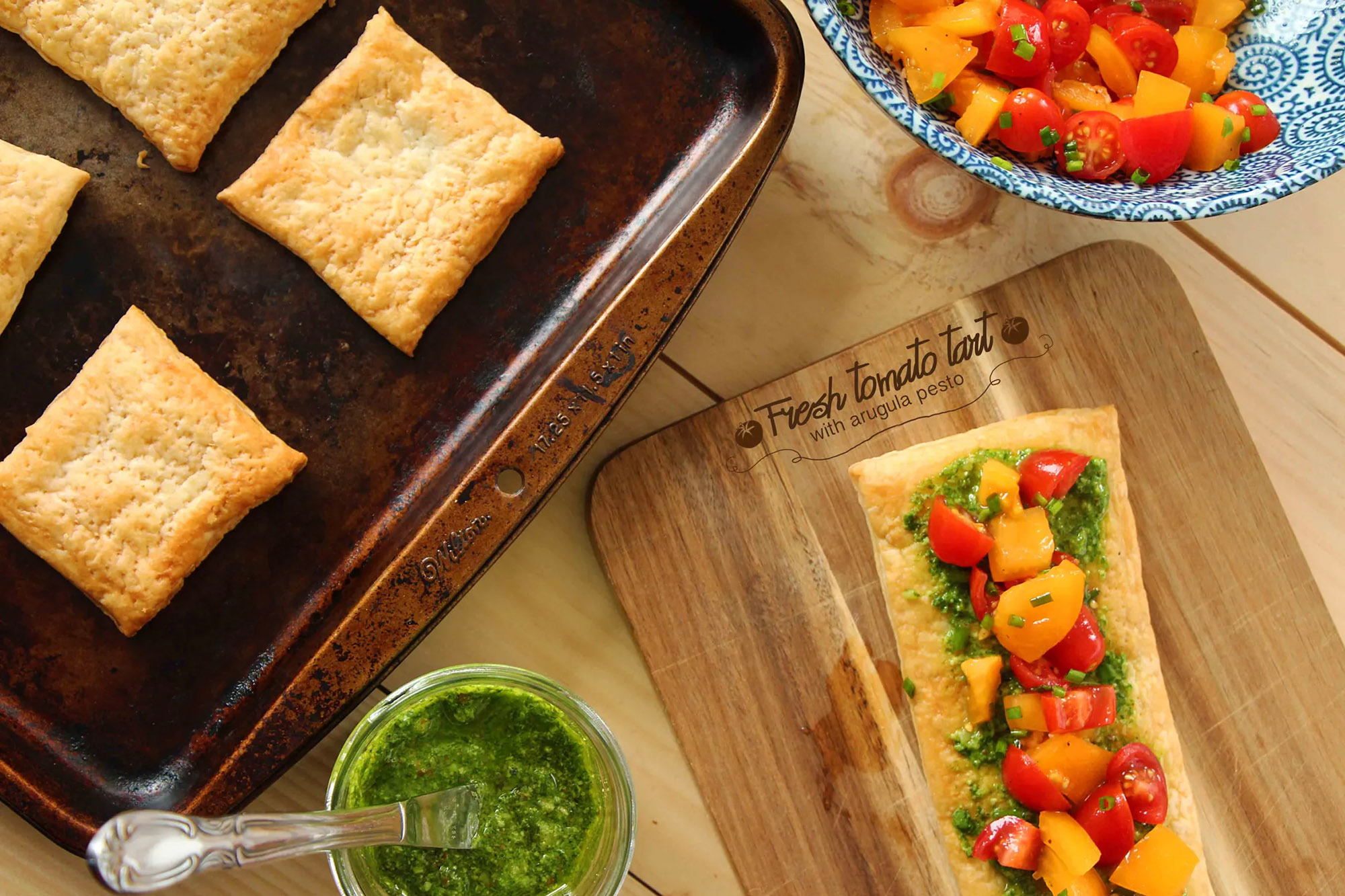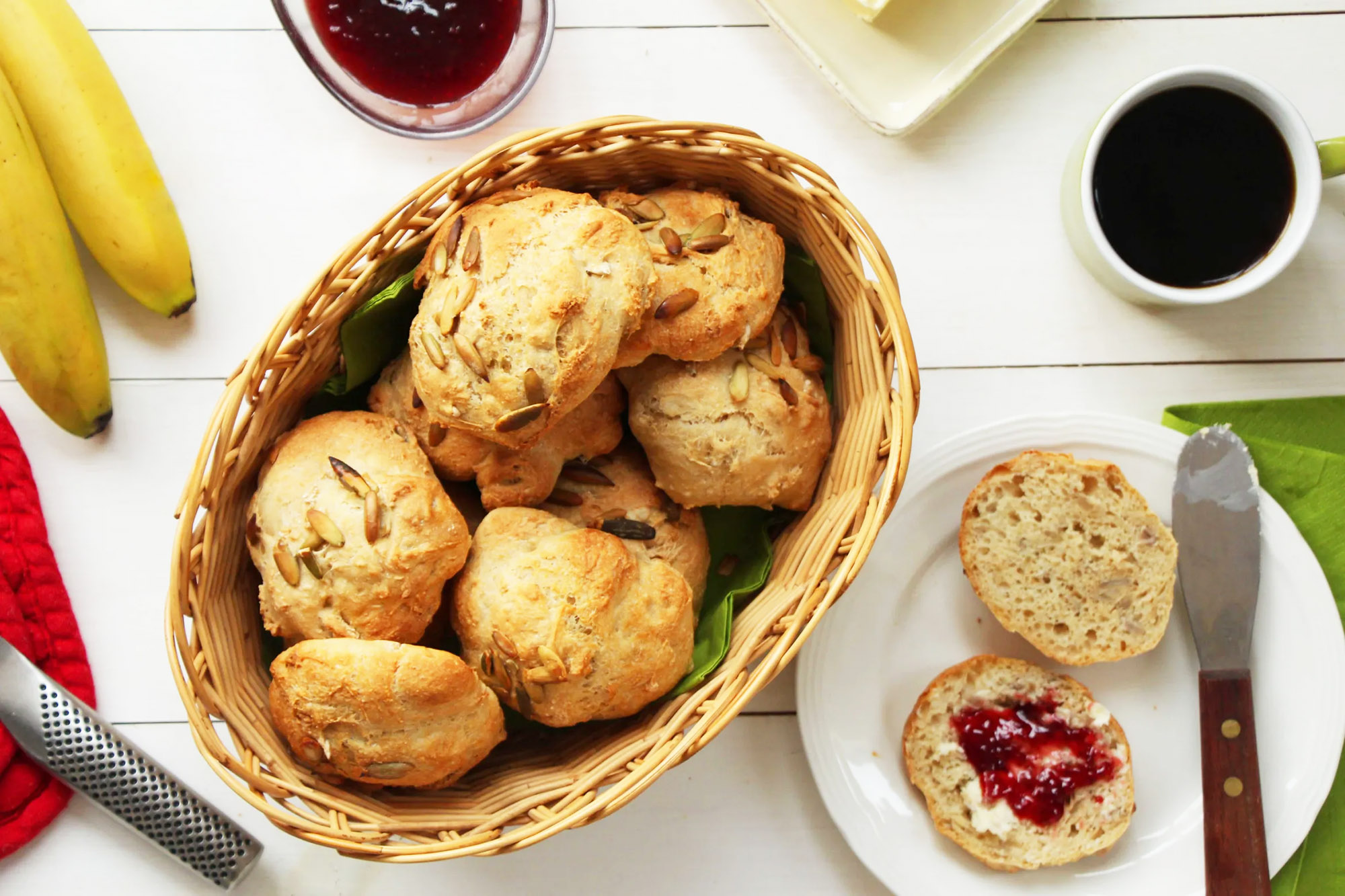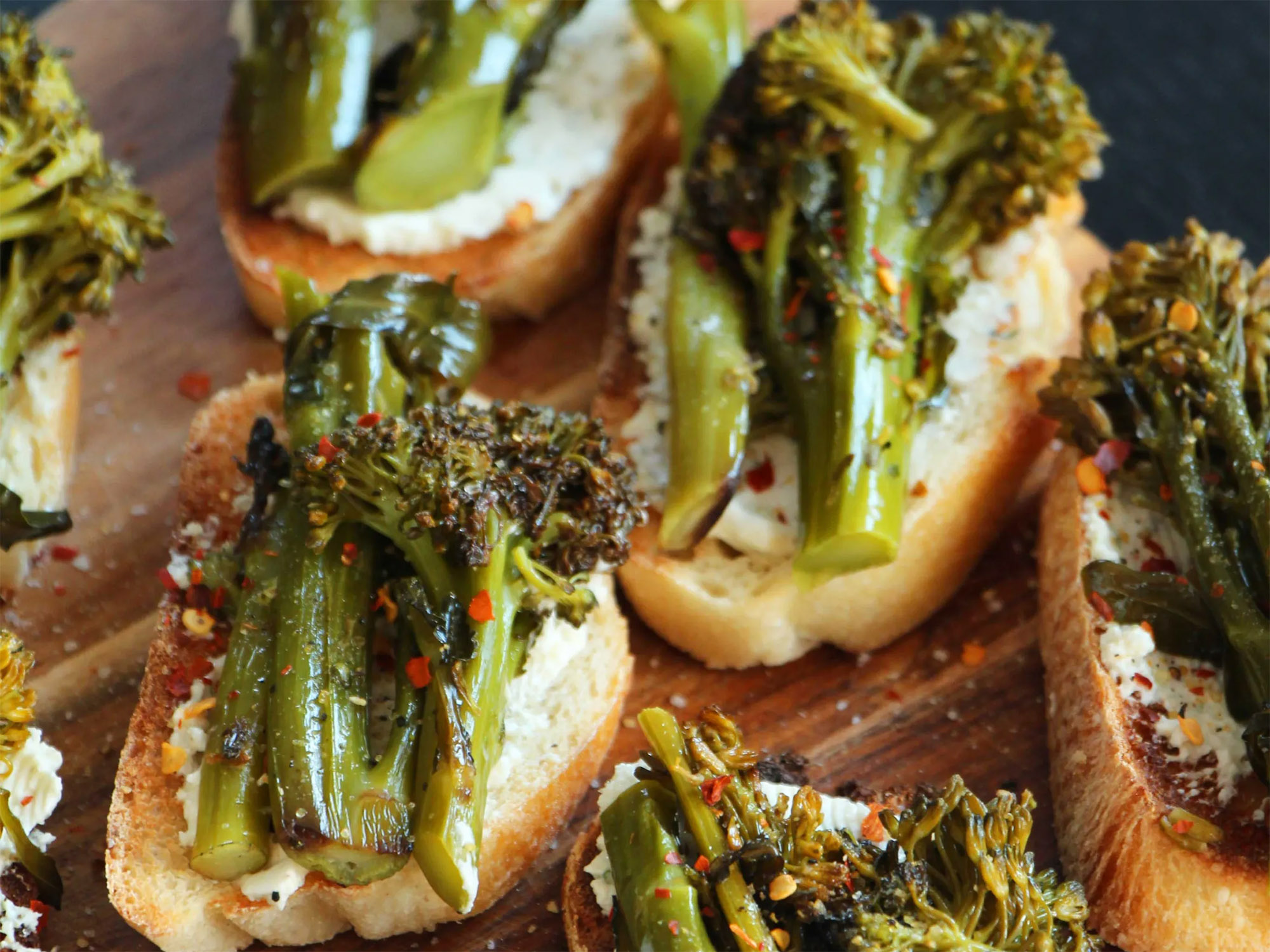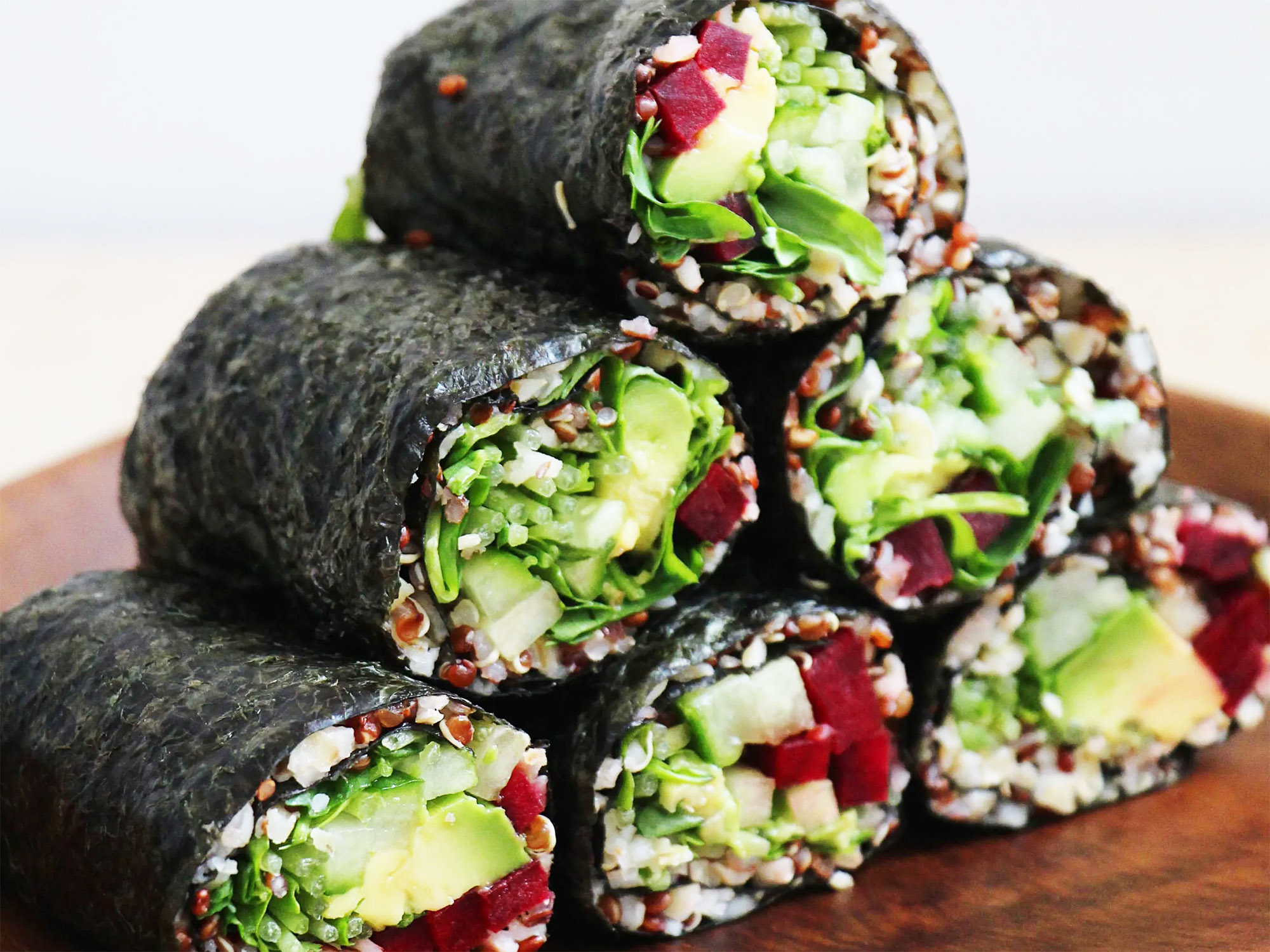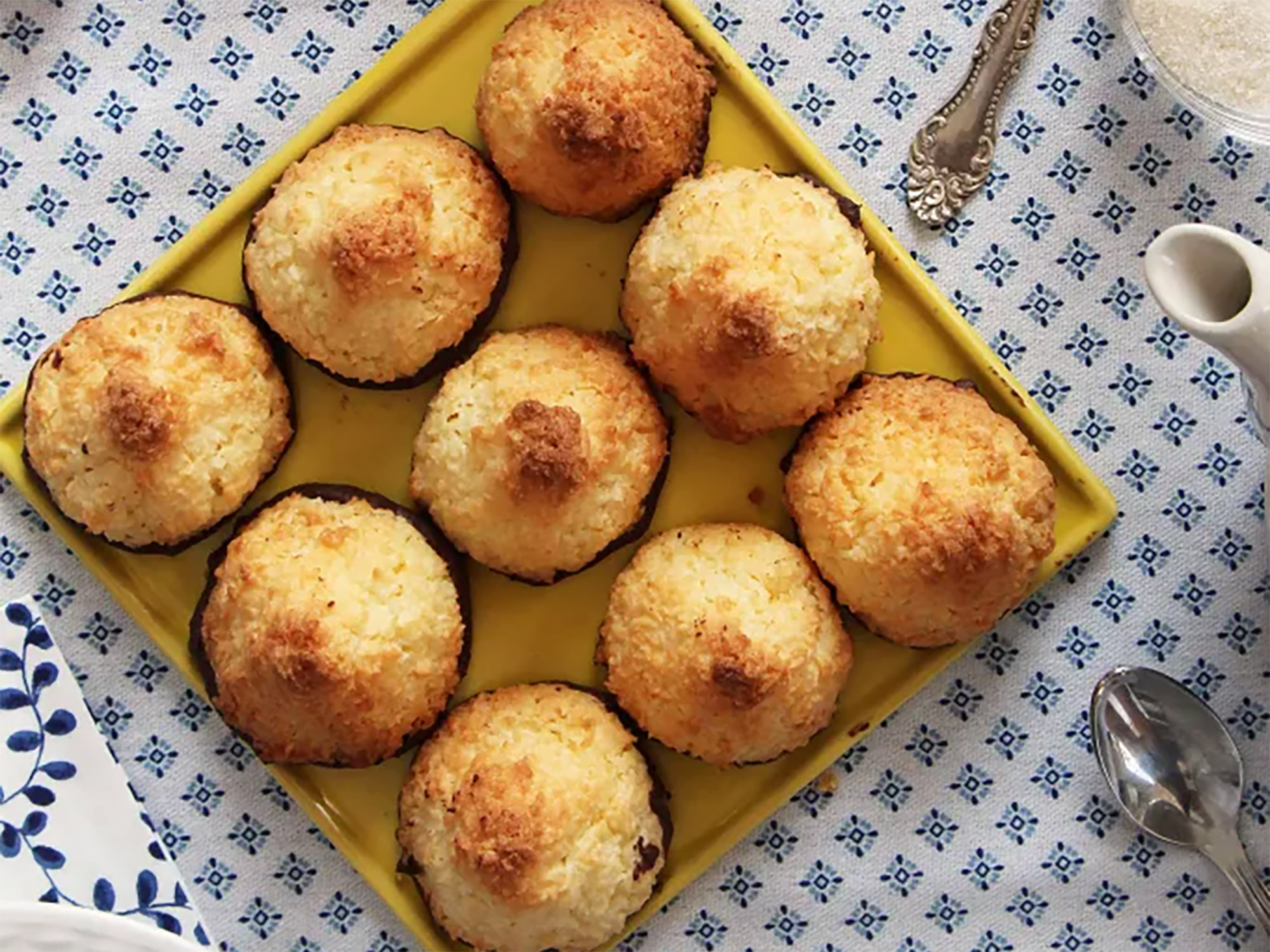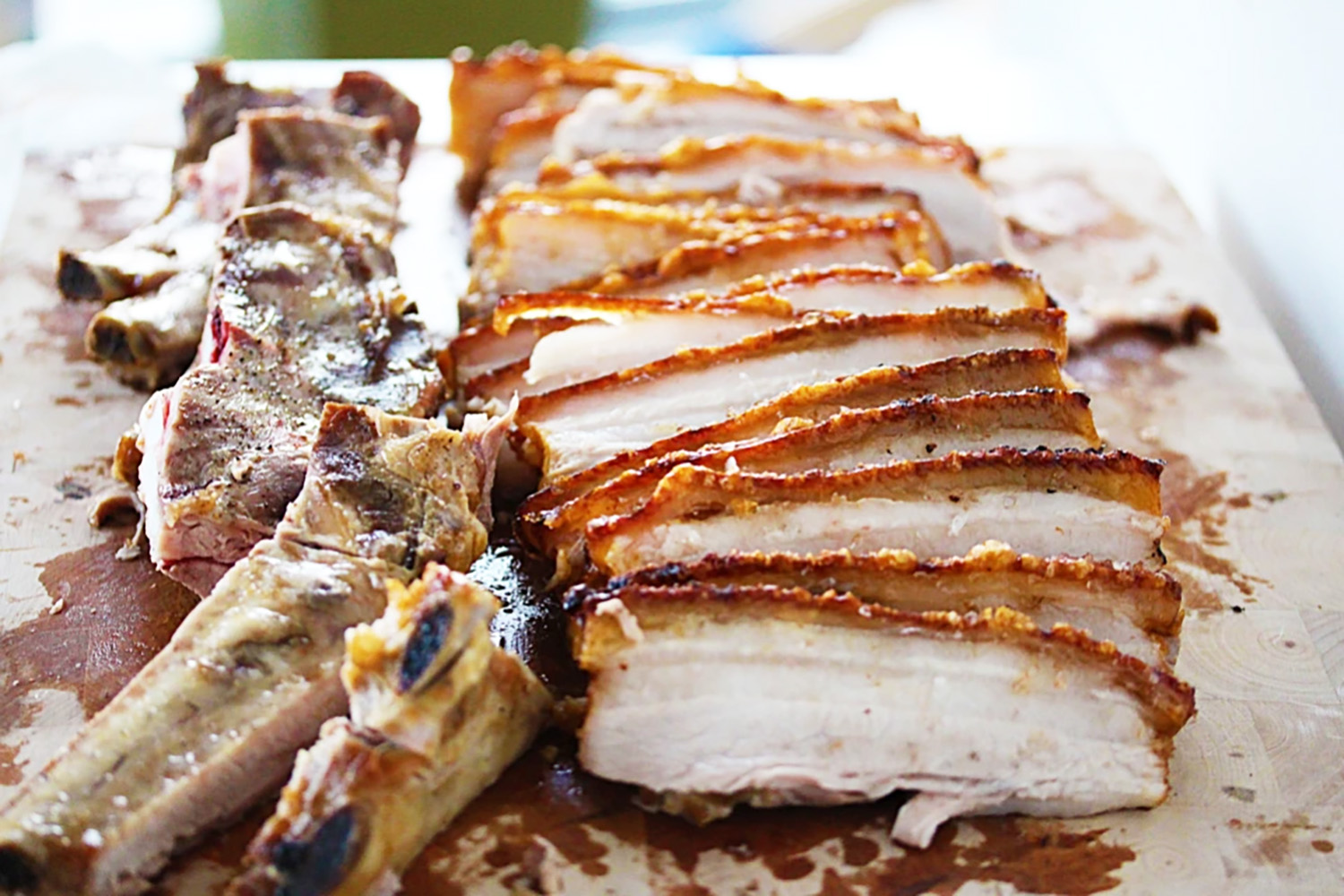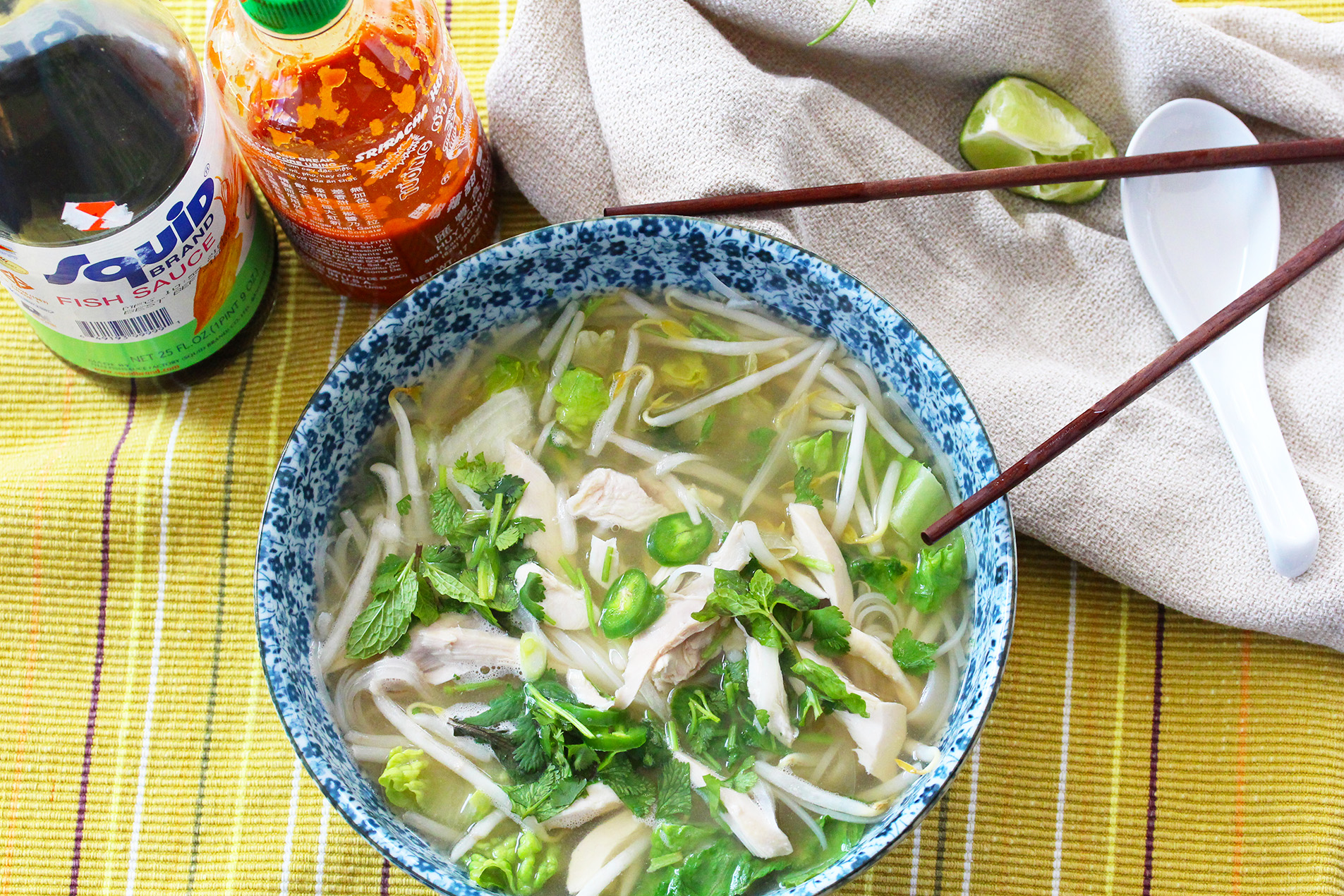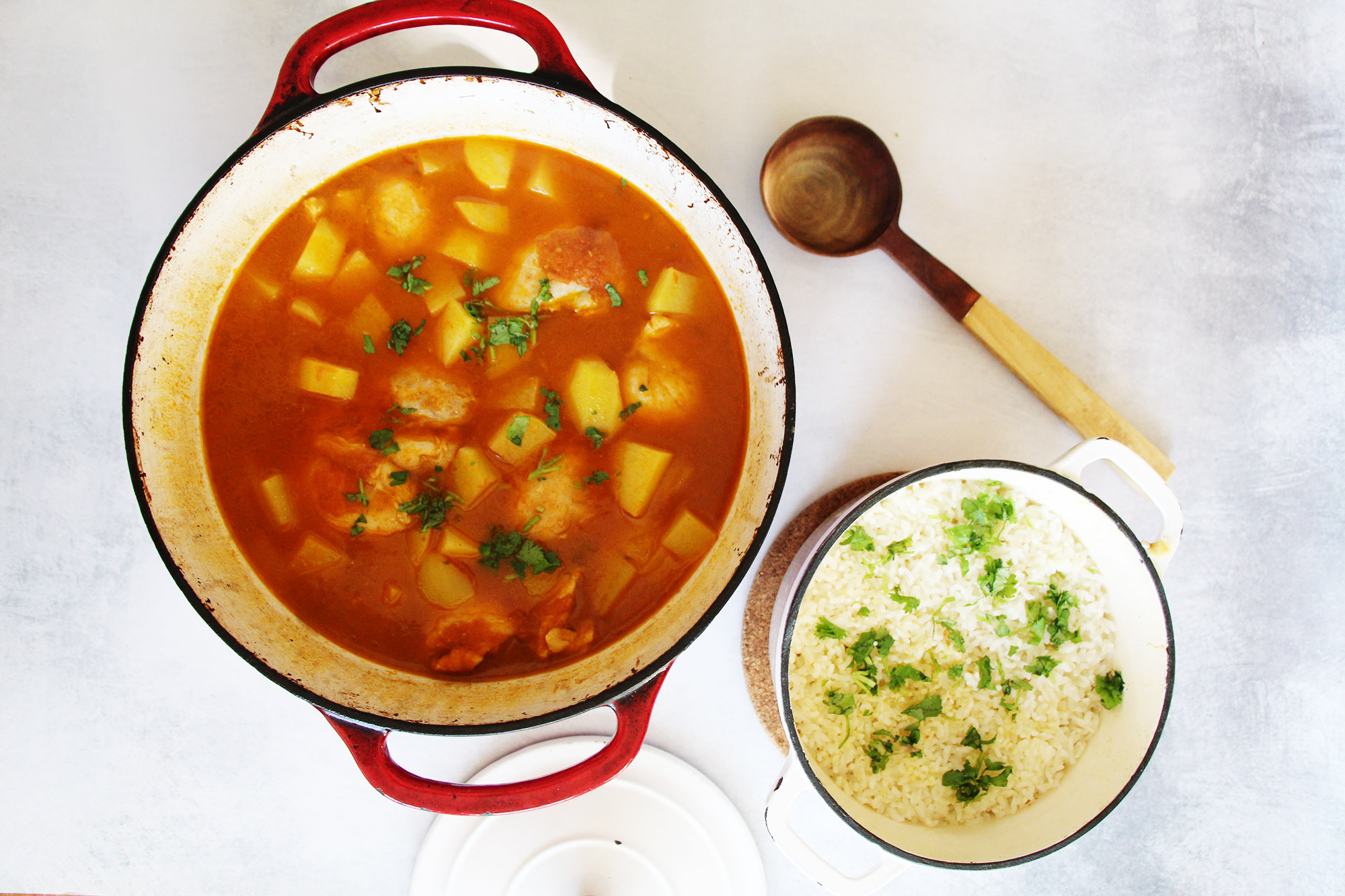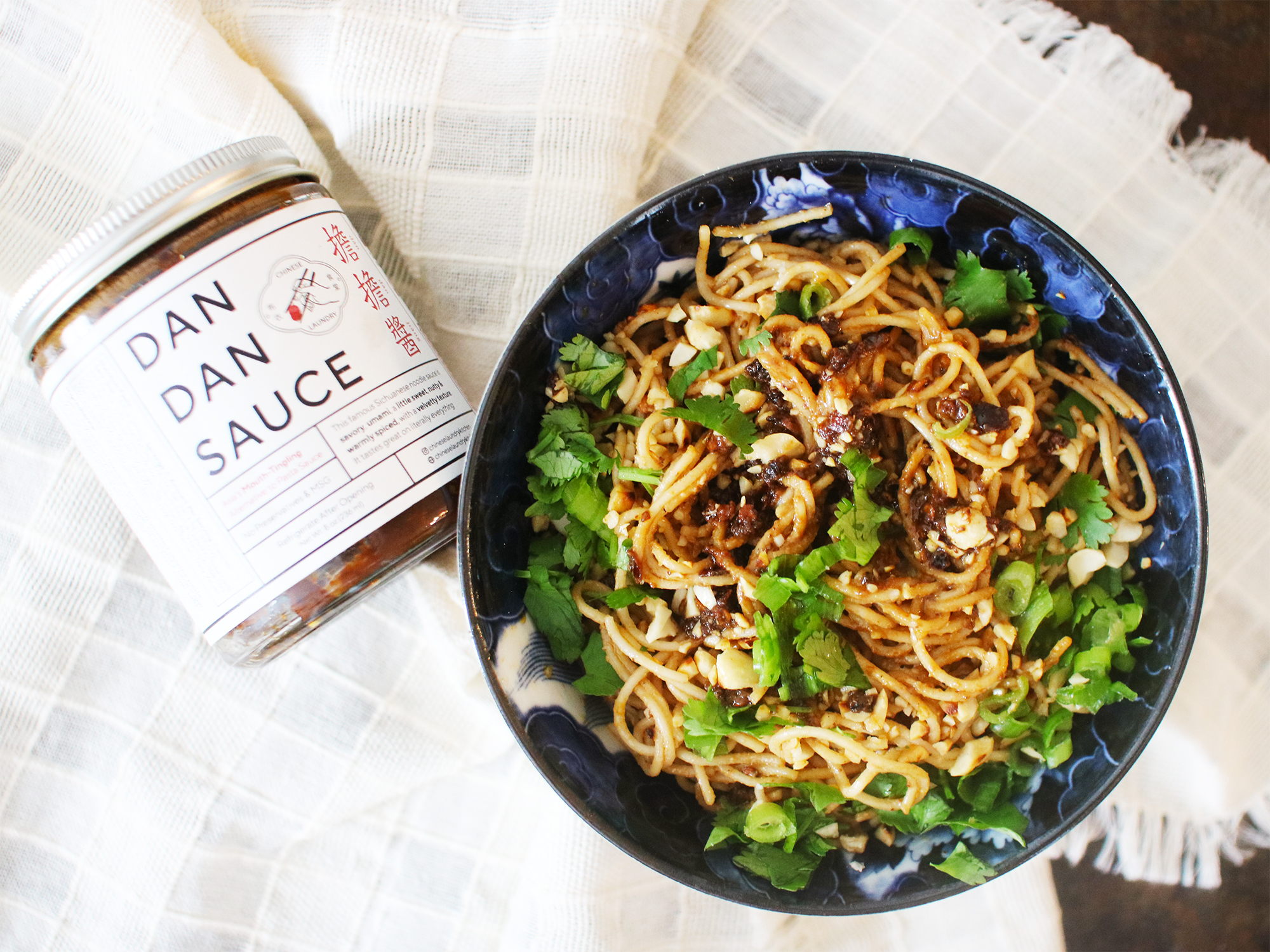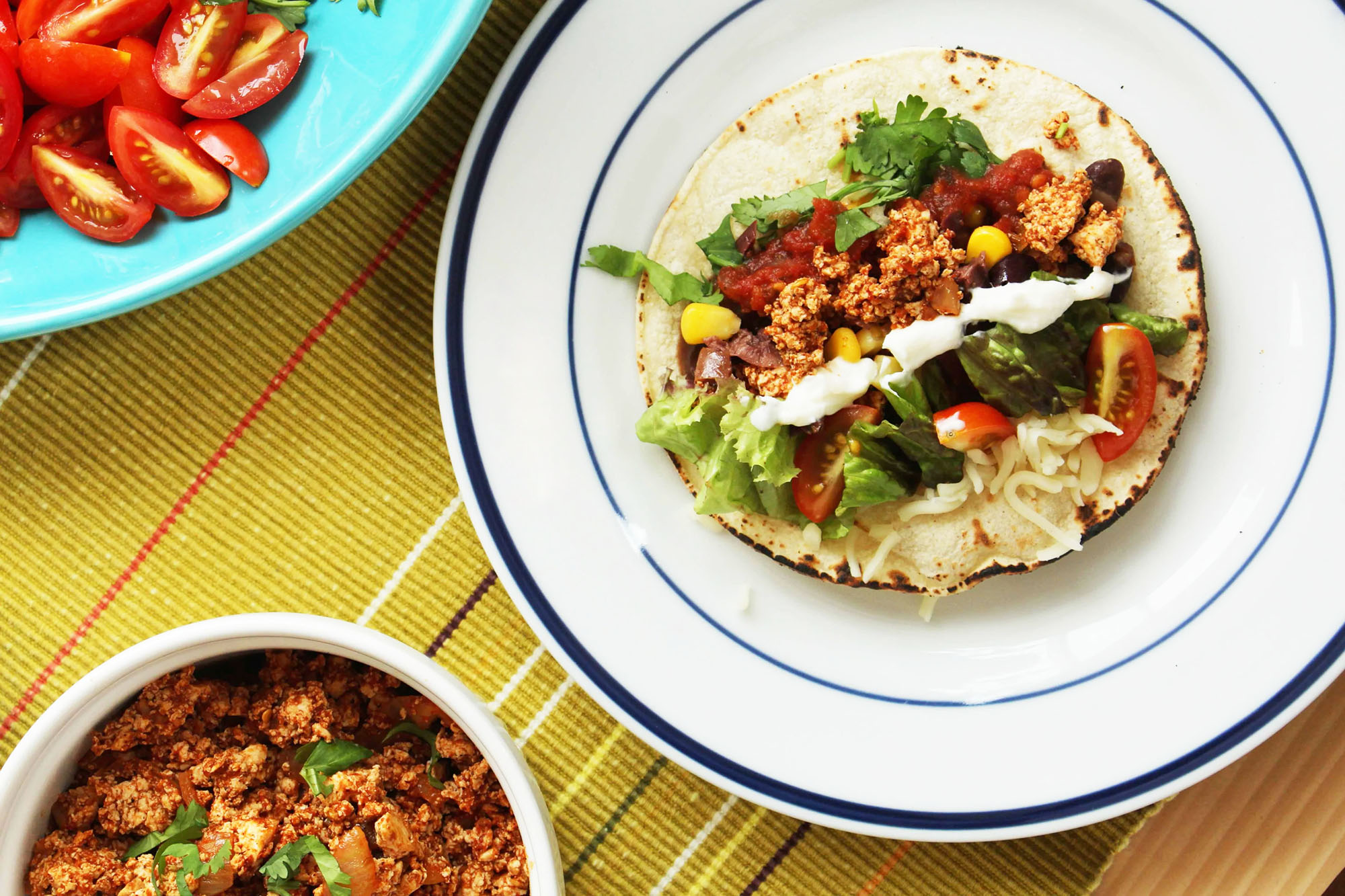Tina: Puff pastry is such an amazing thing! Honestly, I’d never try making it myself because it takes a lot of time. It’s basically made of loads of dough and butter, and you have to do it at just the right temperature. But luckily, you don’t have to go through all that trouble – you… Continue reading Recipe: Mini Tarts with puff pastry, fresh tomatoes and arugula pesto
Recipe: Mini Tarts with puff pastry, fresh tomatoes and arugula pesto
